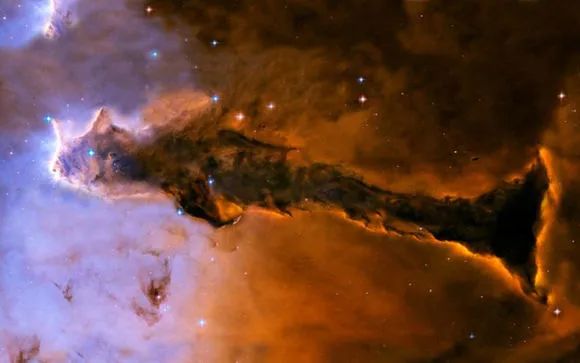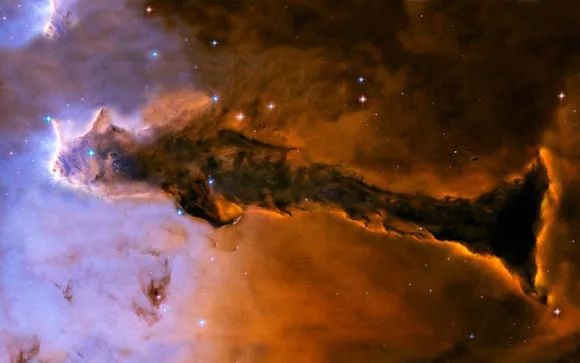Interstellar Medium: The Invisible Fog Shaping Astronomical Observations
The dimming of starlight as it traverses interstellar space reveals a key cosmic truth: the universe’s vast empty spaces are not truly vacuums but filled with sparse, yet significant, matter. This phenomenon, observed through centuries of astronomical study, highlights the presence of the interstellar medium (ISM)—a diffuse mixture of gas, dust, and cosmic rays that permeates the space between stars.

Source: Images from the Internet, if there is any infringement, please contact the removal of
Although the ISM is extraordinarily tenuous, with an average of just 0.1 to 1 atom per cubic centimeter—far emptier than the best artificial vacuums created on Earth—it plays a crucial role in galactic dynamics. The matter within this medium exists in various forms, including ionized hydrogen (plasma), neutral atomic hydrogen, molecular clouds, and tiny dust particles composed of silicates, carbon, and ice. While individually negligible, these components collectively absorb, scatter, and re-emit electromagnetic radiation, altering the appearance of distant stars and galaxies. This effect, known as interstellar extinction, causes stars to appear dimmer and redder than they actually are, much like how Earth’s atmosphere hazes distant mountain ranges.
For astronomers, the ISM poses both challenges and opportunities. Its obscuring effects complicate observations of distant celestial objects, requiring sophisticated techniques to correct for extinction and uncover the true properties of stars and galaxies. However, studying the ISM also provides insights into the lifecycle of galaxies. Dense regions within the medium, such as molecular clouds, are the birthplaces of new stars, where gravitational collapse leads to protostar formation. Meanwhile, stellar winds and supernova explosions enrich the ISM with heavy elements, recycling matter between generations of stars. Tools like radio telescopes, which can detect hydrogen gas emissions, and infrared observatories, which penetrate dust clouds, have enabled scientists to map the ISM’s structure and composition, revealing its role as a cosmic ecosystem that connects stellar evolution to the broader universe. As technology advances, understanding the interstellar medium remains pivotal to unraveling the mysteries of galaxy formation, cosmic chemistry, and the ultimate fate of stars.
-------- END --------






